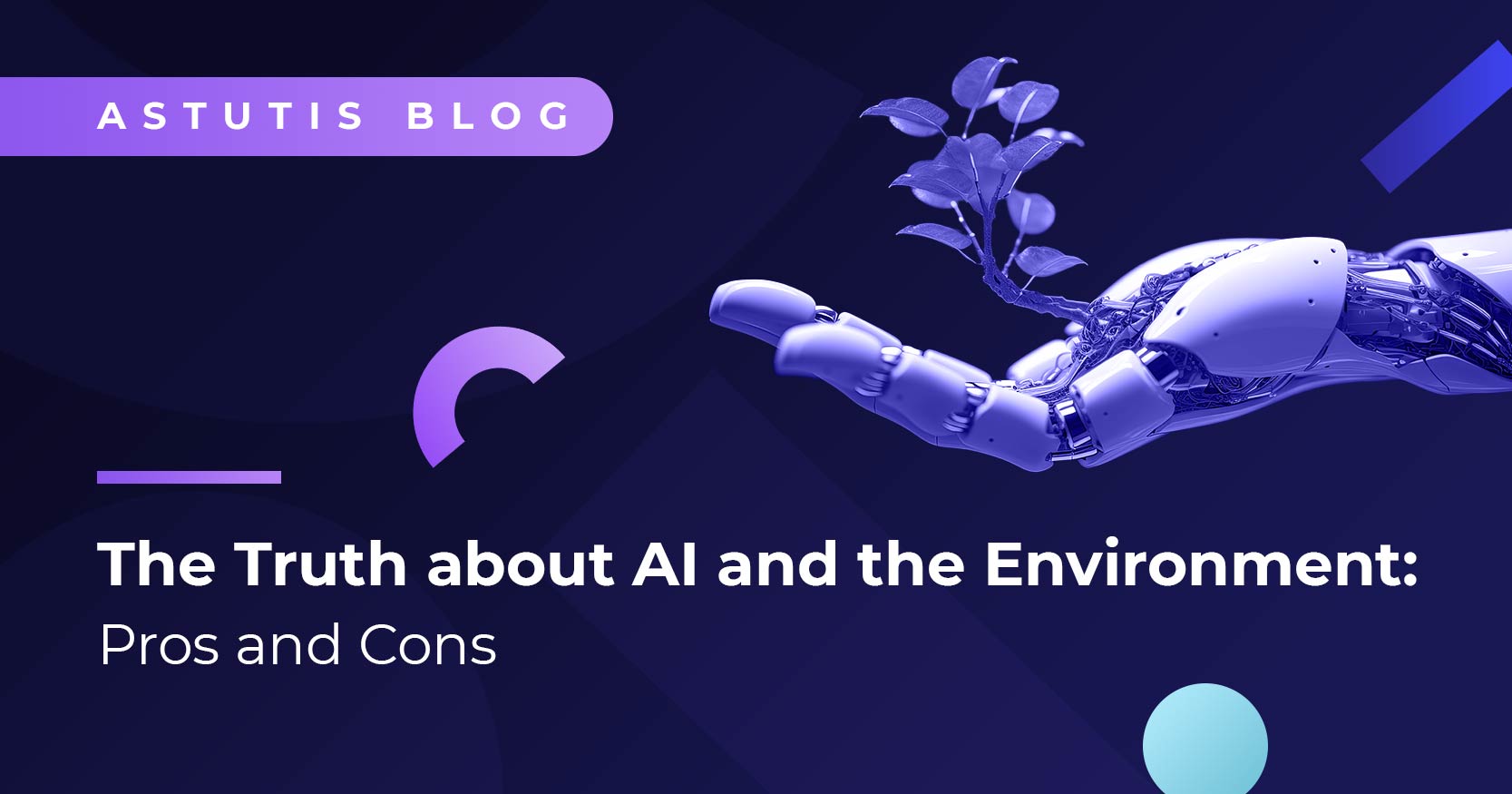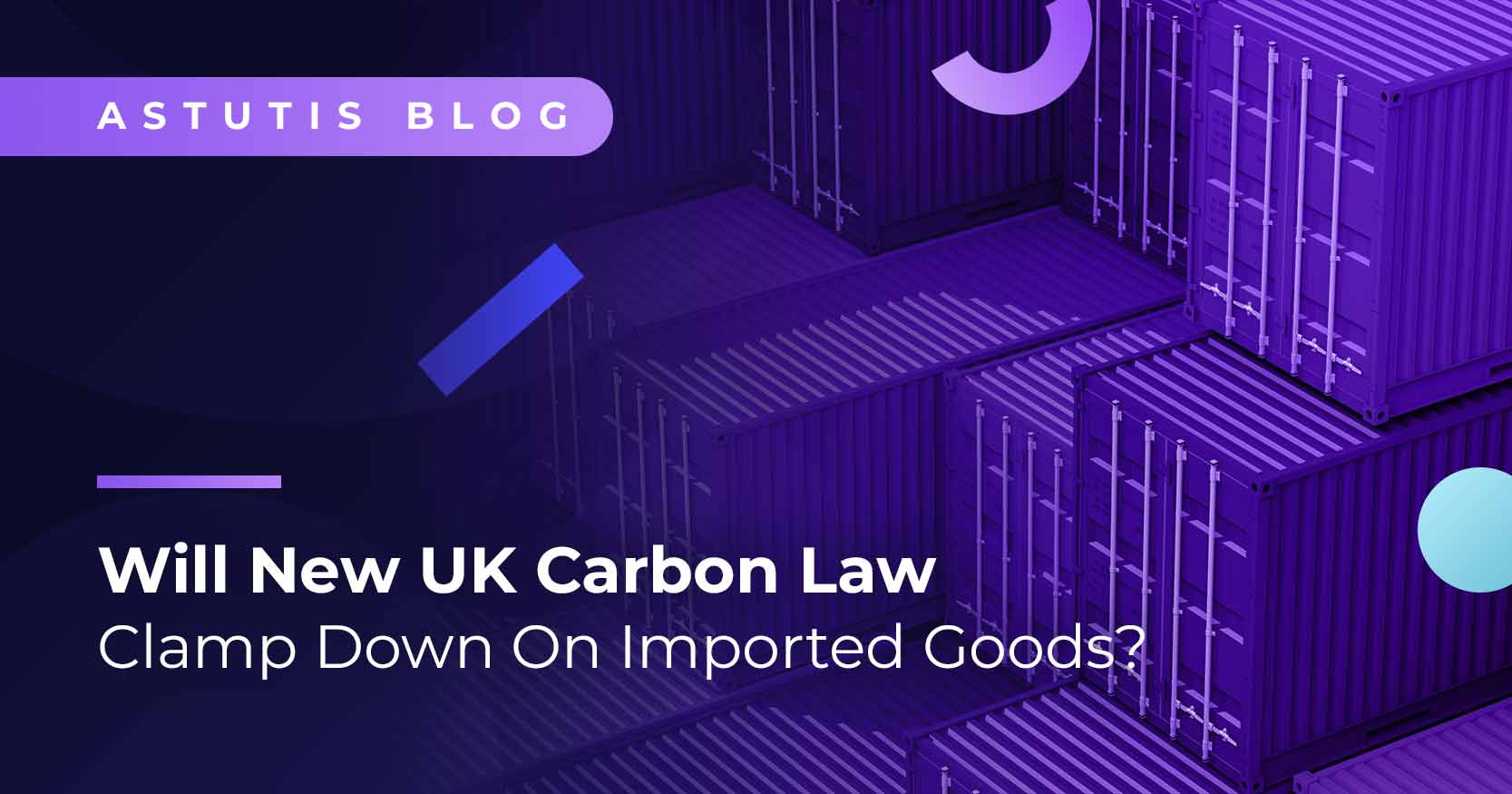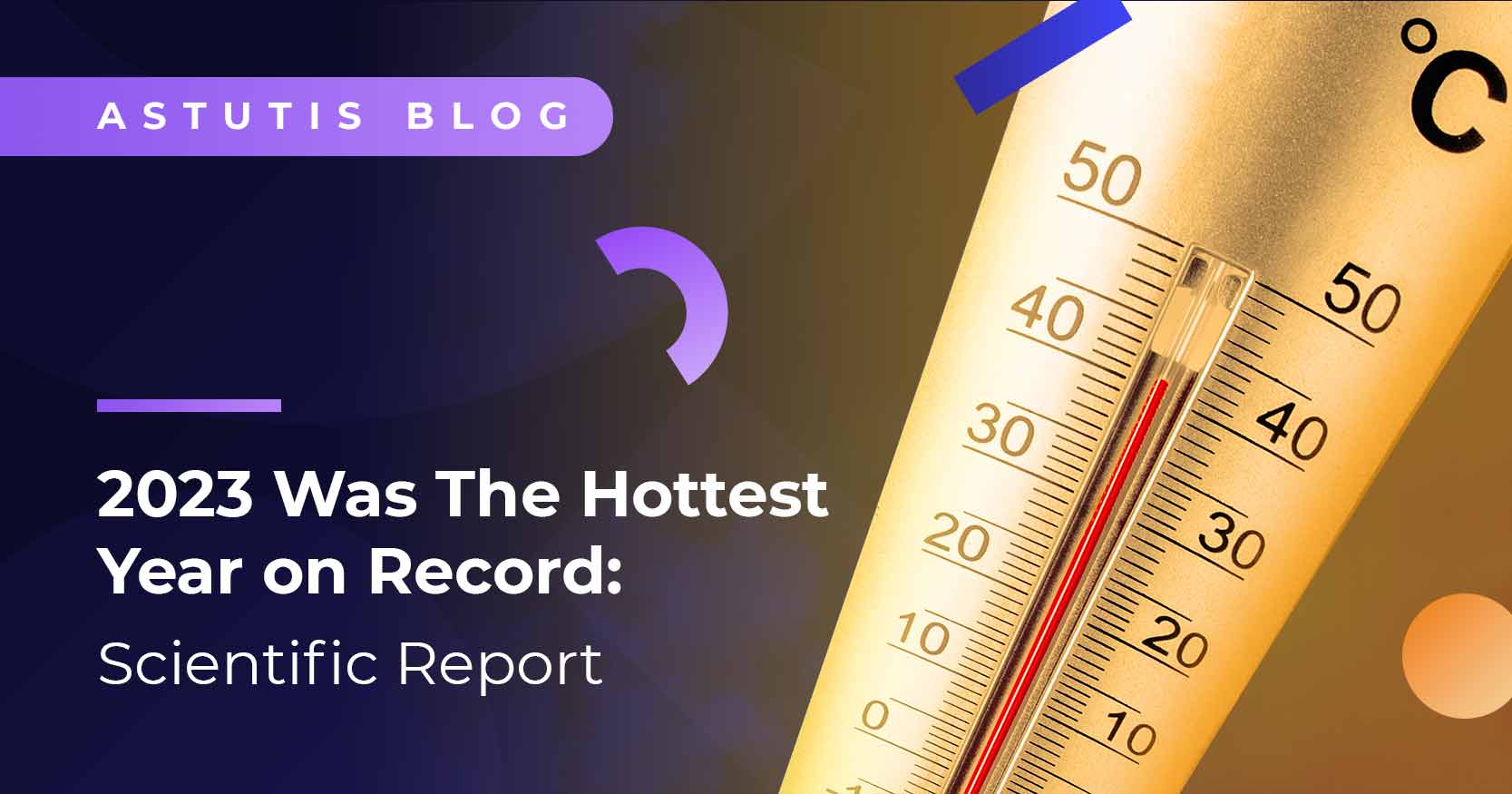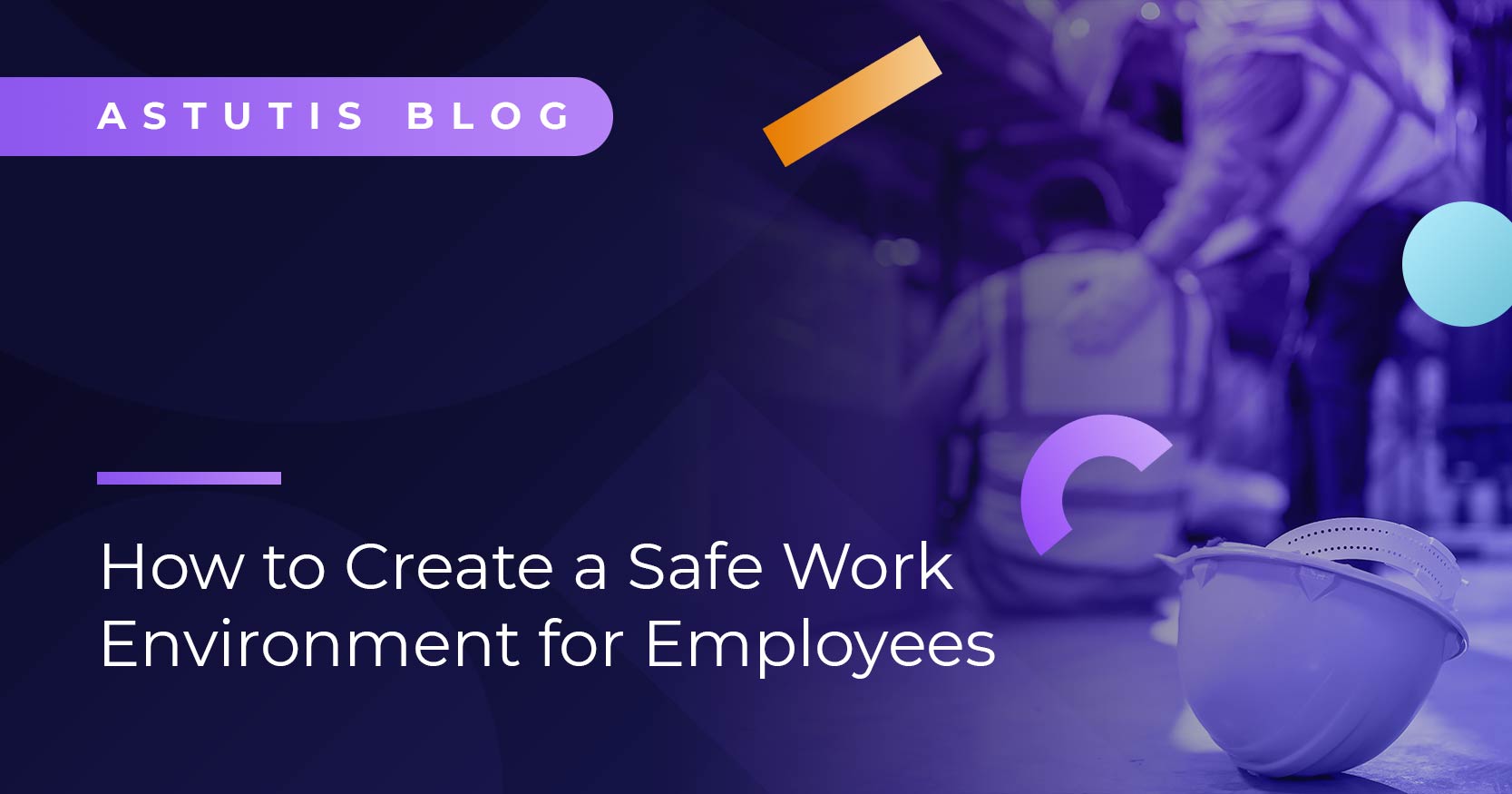Implementing a Zero Accident Vision: 4 pillars of success
This blog was updated in August 2022, to reflect changes in current statistics.
Zero Accident Vision (ZAV) is a viewpoint stating that no one ought to be injured as the result of an accident in the workplace. More a school of thought than an actual numerical goal, in accident prevention terms, Zero Accident Vision proposes that all accidents can be prevented and offers a basis for learning from accidents and improving processes should they occur.
There are two fields of thought when it comes to the concept of ‘zero accidents’ in the workplace; those who support the concept as integral to improving workplace safety and those who criticise it for being seen principally as a ‘numbers game’. However, top-down buy in is firmly at the root of any successful organisational ZAV strategy. In terminology, the use of ‘Vision’ (which inspires an ethos) is key, over and above ‘policy’ which does reek of striving to meet set targets – and not always for the right reasons.
However, of the several publications criticising ZAV, the main focus of the critical papers is not on implementation and thus far, there has been no empirical research on negative effects published.
A Zero Accident Vision (ZAV):
- is based on the assumption that all accidents are preventable
- focuses on safety commitment, communication, culture and learning
- is the basis for inspiring and innovation in improving safety
- is driven by organisational and individual commitment
- translates to commitment embedded in a company’s business strategy
The European Commission’s Strategic Framework on Health and Safety at Work 2021-2027 defines the key priorities and actions for improving workers’ health and safety, addressing rapid changes in the economy, demography and work patterns. One of the strategic priorities is:
- improving the prevention of work-related accidents and diseases, and striving towards a Vision Zero approach to work-related deaths;
Innovation of work processes, especially automation, and transformational leadership are the main enablers for a ZAV successful strategy over sanctions which, in this instance, are largely regarded as a compatible preventive measure (in order to prevent recurrence), rather than punitive. It is important that ZAV is not a (quantitative) target, but an ambition to make work safe, which necessitates a long-term journey and sustained efforts. A common characteristic of organisations with successful Zero Accident Visions is a high ZAV commitment of management and workforce, which is often embedded in an organisation’s business strategies.
Central to a successful Zero Accident Vision is:
- Commitment
- Communication
- Culture
- Learning
Commitment
Zwetsloot et al. (2013) further suggests the implementation of a ‘commitment strategy’ (originally developed in the area of HR management (Walton, 1985 ; Beer, 2009) in ZAV: in order that a ‘clear safety message’ from top management boosts safety performance and culture. Commitment should be regarded not any as a formal (written) commitment, but as active and visible support, in particular from senior management, business owners and directors. Commitment strategies oppose hierarchic and bureaucratic control and are characterised by shared goals/values, flat structures, employee empowerment, high levels of engagement and high performance.
ZAV commitment strategies should be closely linked to broader company strategies, including core ambitions, mission and vision and/or broader commitments to zero (for example, in production and quality, environmental issues, violence or substance abuse). Embedding such commitment in such a visible way, means the wider workforce will not see it as ‘hype’, revealing organisational safety commitment to be more than just words and paper-pushing.
Safe work and the moral philosophy of management should go hand-in-hand and revealed in demonstrated in daily tasks thus implying a ‘safety leadership’ and helping to embed a proactive safety culture, whereby the importance of safe working practices is clear and the working mind-set of all levels is focused on creating safety.
Such an approach further ensures safety and operational efficiency are fully integrated.
Communication
According to Guzley, 1992 and Allen, 1992, communication climate covers superior-subordinate communication, quality and accuracy of downward information, upward communication, and perception of reliability. Good communication is recognised and considered a contributing factor to a positive safety climate.
Successful communication needs to ensure that relevant information is transferred to respective organisational levels, as opposed to a ‘one-size fits-all’ strategy and should take into account decentralised initiatives. Effective safety communication for ZAV implementation covers constant and updated communication on functional tools, safety promotion programmes and effective supervisor communication.
Culture
(Drupsteen and Wybo, 2015), which will, in turn, ‘foster the development and adoption of safety relevant innovations’ (Littlejohn et al., 2014).
Organisations should split out the key elements of learning into:
Learning actions which involve taking action following the observations, near-misses and incidents (accidents/injuries) outlined above, in order to learn from incidents employing a ‘process model’ of:
- reporting and registration
- investigation and analysis
- translation of findings into action plans
- acting and evaluating (Drupsteen et al., 2013).
Learning conditions measure organisational conditions that facilitate safety learning, or rather that there exists an openness for improvements, and that ideas are shared and reflected upon.
Relevant success factors specific to an effective ZAV include:
- safety promotion programmes
- constant and updated communication and functional tools
- effective supervisor communication
Companies that have proved successful in this area have launched and branded a specific Zero Accident Vision or similar safety promotion programme in order to strengthen a collective mind-set. Such programmes act as an important vessel via which top management can articulate an organisation’s safety vision and demonstrate personal commitment. Communication strategies should encompass both formal and informal organisational communication, and bottom-up initiatives.
The importance of constant and updated communication and functional tools cannot be under-emphasised. A wide variety of different media and means should be considered including; safety briefings, newsletters, info screens, videos, safety days and events, monthly safety themes, and mobile apps.
The active role in communicating safety matters and supervisors empowering workers should further be stressed – and not in terms of delivering one-way feedback. Dialogue-based communication practices should be employed including morning meetings, toolbox talks, safety walks and workshops, to create a two-way dialogue and enhance an environment of transparency and trust. It is possible that organisations may wish to consider training in dialogue-based communication as well as training for those acting as safety facilitators.
For all its opponents (and we do understand the reasoning behind such a viewpoint), an effective Zero Accident Vision, when implemented correctly, can be the foundation stones laid for inspiring innovative approaches for improving safety, as an integral part of the business cycle.
Sources/Resources
- PEROSH, Expanding the Zero Accident Vision to the European Context - Interlinking Research and Networking (EZAV)
- The importance of commitment, communication, culture and learning for the implementation of the Zero Accident Vision in 27 companies in Europe
- Barling and Hutchinson, 2000
Click below to see how Astutis helped Welsh Water on their journey to zero accidents.
Related Blogs

Real Life Stories









